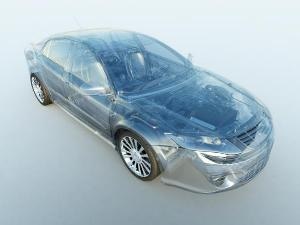Nov 22 2016
Parker Chomerics’ PREMIER PBT-225 electrically conductive plastic provides EMI shielding for automotive and other industrial applications, and facilitates re-design of metal housings into injection-moulded components.
 Credit: EETimes Europe Automotive
Credit: EETimes Europe Automotive
The material is a single pellet, polybutylene terephthalate (PBT) based, electrically conductive plastic that delivers superior reliability and makes metal-to-plastic housing conversions possible for demanding electronics applications. The principal advantage for designers is that metal-to-plastic conversions not only eliminate 35% of housing weight in comparison with conventional aluminium, but also provide cost reductions of up to 65% through the elimination of secondary operations such as assembly and machining.
PREMIER™ PBT-225 was developed by Chomerics to provide a more reliable solution to traditional cube (“salt and pepper”) blend conductive resin systems and deliver a more efficient alternative to metal and non-conductive plastic housings. The polymer matrix is durable against a wide range of application fluids, and offers high operating temperature limits and long-term environmental stability.
Within the material composition, long stainless steel fibres increase shielding effectiveness, which ranges from 44 to 71 dB depending on the frequency. In addition, glass fibre reinforcement helps to enhance mechanical strength. Its tensile strength at break, for example, is 89 MPa.
Among the applications set to benefit are housings for automotive electronics, motors and sensors, along with connector bodies, infotainment enclosures and handheld devices for military and industrial metering tasks. Life science enclosures, telecoms equipment and IT rack/server components are further target applications.
Significantly for the moulding process, the advanced processing of PBT-225 into a single pellet composition permits even material dispersion and a tightly controlled conductive material ratio across complex geometries, delivering a matrix of polymer and conductive filler. The inconsistent mix ratio issues associated with multi-pellet blends are therefore eliminated, along with the time required for weighing and mixing. Improved pellet integrity with no harmful agglomerations helps optimise material conveyance.
The company adds that it is able to combine components moulded in the material with other technologies from its range – for example, sealing and RF blocking gaskets, and gel materials with thermal properties – to offer a complete packaging solution.